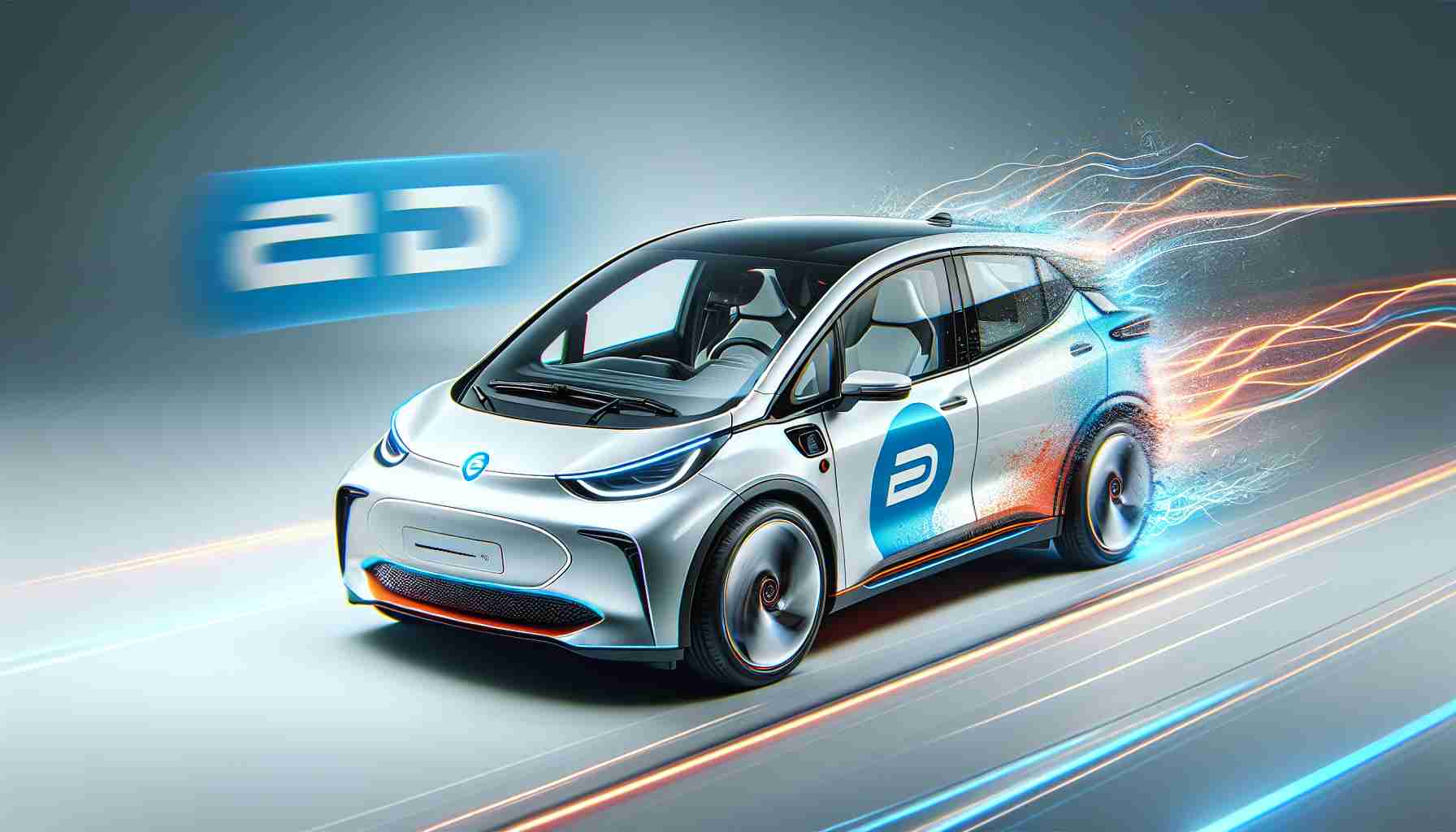Xiaomi’s foray into the electric vehicle market is off to a promising start as demand for its SU7 model soars. Within 28 days of its debut, pre-orders for the SU7 have accumulated to a remarkable 75,723 units, and the company has successfully delivered 5,781 vehicles to customers. This surge in demand highlights the market’s confidence in Xiaomi’s expansion into the electric automotive sector.
The announcement came during the Beijing auto show, where Xiaomi’s CEO laid out ambitious plans for the vehicle’s future. With a strategic aim to deliver 100,000 units of the SU7 in 2024, the company is rapidly ramping up its production capabilities. They are setting their sights on reaching a production milestone of 10,000 monthly deliveries by June.
Xiaomi unveiled the SU7 with a trio of options, catering to diverse consumer preferences. The standard, Pro, and Max versions emerge with competitive starting prices. Potential buyers are incentivized with a flexible deposit policy, allowing for a full refund within a week or an option to solidify their order with an early commitment.
The expansion of Xiaomi’s electric vehicle venture is not just limited to production. By the conclusion of the current year, Xiaomi plans to escalate its EV sales and service networks, ensuring extensive coverage across Chinese cities.
The long-term vision for Xiaomi EV is bold. The company envisions situating itself among the top five global car manufacturers within the next couple of decades, suggesting a future where Xiaomi EVs become a mainstay on roads worldwide.
The electric vehicle (EV) market is rapidly growing, and Xiaomi’s entrance signifies a major commitment by a company previously known for its electronics and smart devices. Xiaomi’s decision to launch the SU7 comes as the automotive industry sees a continued shift toward sustainable transportation solutions. As countries worldwide implement stricter emissions regulations, the demand for electric vehicles is expected to increase.
Key Questions and Answers:
– What is the significance of Xiaomi’s entry into the EV market?
Xiaomi’s entry into the EV market represents a diversification strategy that could leverage its technology and consumer electronics expertise. It introduces a new player in a market that is expected to get increasingly competitive as technological advancements lower barriers to entry.
– What challenges does Xiaomi face in the EV market?
Xiaomi will face substantial competition from established automotive manufacturers and other tech companies entering the EV space. Additionally, supply chain management, manufacturing scalability, and meeting various regulatory requirements pose challenges.
– What controversies may arise?
The EV market has seen various controversies, typically around battery sourcing and environmental impact. As a new entrant, Xiaomi may also face scrutiny regarding its ability to ensure safety and reliability of its vehicles.
Advantages of Xiaomi’s SU7:
– Expands consumer choice in the EV market.
– Utilizes Xiaomi’s brand reputation and consumer electronics expertise.
– Offers a range of options to cater to different preferences and budgets.
– Xiaomi’s technology background may lead to innovative features.
Disadvantages of Xiaomi’s SU7:
– As a new entrant in the automotive sector, Xiaomi lacks the industry experience of traditional car manufacturers.
– Potential for manufacturing, logistical, and service network challenges.
– Risk of market saturation as more players enter the EV market, potentially impacting demand and sales.
Xiaomi, as a company, has grown significantly since its inception, expanding beyond smartphones into various sectors including smart home devices, AI, and now electric vehicles. For more information about the company, you can visit their official website: Xiaomi Official. Please note that this link takes you to the main domain of Xiaomi’s website and does not include details about the SU7, as specifics about this product would be available on a subpage.
The source of the article is from the blog elblog.pl
